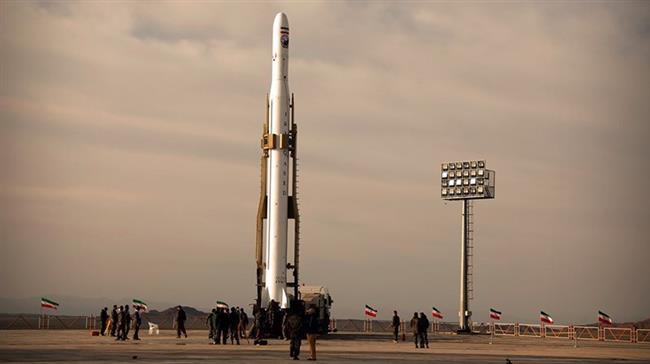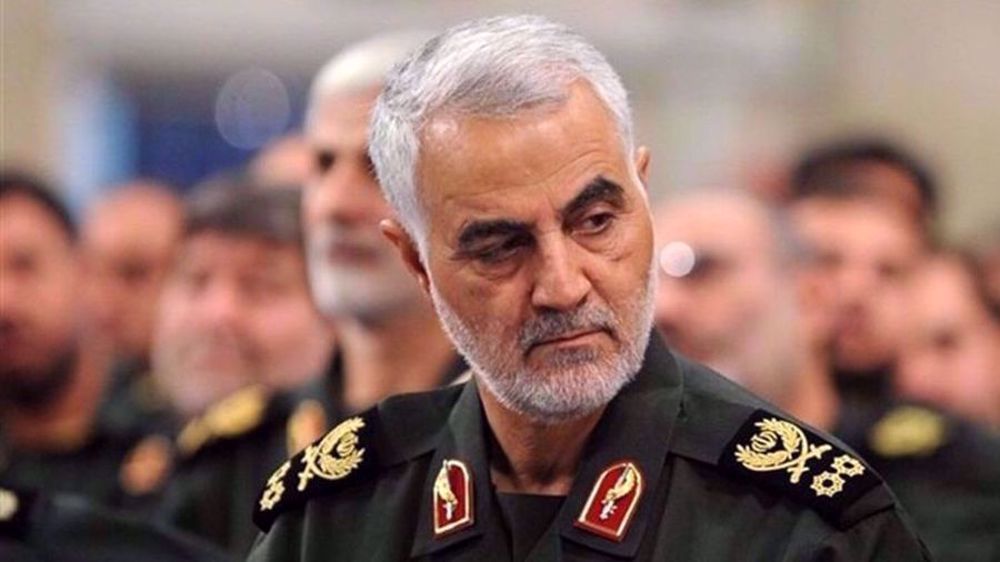Iran rejects US allegation of ‘abortive satellite launch’
Iran roundly rejects the allegation by the Pentagon that it recently tried and failed to put a satellite into orbit, saying it is rather in the process of delivering two orbiters to the country’s Ministry of Defense.
Minister of Communications and Information Technology Mohammad Javad Azari Jahromi made the remarks on Wednesday in reaction to an earlier report by CNN.
“The Pars and Nahid (Venus)-1 Satellites, whose launch [preparation] processes have been completed, are still inside [Iran’s] Space Agency,” he said.
“We are still in the process of delivering these to the Defense Ministry. Therefore, this report that had announced that the space agency had experienced a failed launch is invalid,” the minister added.
The official also noted that following the US’s unilateral sanctions targeting the space agency, Iran was pursuing its space program “across three axes” in line with Leader of the Islamic Revolution Ayatollah Seyyed Ali Khamenei’s instructions and remarks made by President Hassan Rouhani.
Jahromi did not elaborate.
The CNN report had cited alleged Pentagon data as supposedly showing that Iran had tried and failed to launch a satellite earlier in the month. "US Space Command is aware of the Iranian rocket launch failure which occurred early June 12th," Pentagon spokesman Lt. Col. Uriah Orland had told the network.
Iran launched its first domestically-built satellite, Omid (Hope), in 2009. The country also sent its first bio-capsule containing live organisms into space in February 2010, using Kavoshgar (Explorer)-3 carrier.
In February 2015, the Islamic Republic placed its domestically-made Fajr (Dawn) satellite into orbit. The orbiter is capable of taking and transmitting high-quality photos.
On April 22 last year, Iran’s Islamic Revolution Guards Corps (IRGC) successfully launched the country’s first multi-purpose military satellite, dubbed Nour (Light)-1.
The satellite reached the orbit lying 425 kilometers above the Earth’s surface. It has so far traveled 6,000 times around the Earth and is currently placed in orbit located 410 kilometers away from our planet.
Israeli minister lays claim to Gaza, West Bank, calls Palestinians 'temporary guests'
Hamas: US strike on Venezuela, abduction of Maduro ‘grave violation of intl. law’
VIDEO | Lebanon commemorates martyrdom anniversary of General Soleimani
VIDEO | Massive protest held in Cuba to condemn US military operation in Venezuela
US Democrats float retaliation over Trump’s ‘insane’ Venezuela aggression
Iranian badminton star set to make history: Why Soraya Aghaei’s IOC nomination matters
VIDEO | Tunisians commemorate martyred resistance leaders
How global cultural memory lifts veil on less-known aspects of Gen. Soleimani’s personality











 This makes it easy to access the Press TV website
This makes it easy to access the Press TV website